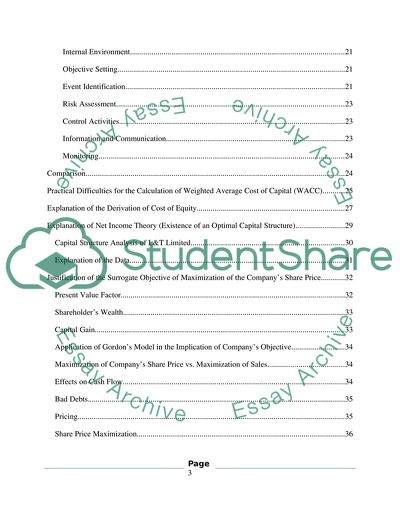Cite this document
(Functions of the Central Bank of England Coursework, n.d.)
Functions of the Central Bank of England Coursework. Retrieved from https://studentshare.org/finance-accounting/1743645-financial-services
Functions of the Central Bank of England Coursework. Retrieved from https://studentshare.org/finance-accounting/1743645-financial-services
(Functions of the Central Bank of England Coursework)
Functions of the Central Bank of England Coursework. https://studentshare.org/finance-accounting/1743645-financial-services.
Functions of the Central Bank of England Coursework. https://studentshare.org/finance-accounting/1743645-financial-services.
“Functions of the Central Bank of England Coursework”, n.d. https://studentshare.org/finance-accounting/1743645-financial-services.


